+86-159 9860 6917
info@geofantex.com
geofantex@gmail.com
+86-400-8266163-44899
In the realm of civil engineering and construction, the quest for materials that offer both reliability and efficiency has led to significant advancements. Among these, Polypropylene (PP) Uniaxial Geogrids emerge as a cornerstone technology, boasting unparalleled strength and adaptability. Designed to reinforce soil, these geogrids are pivotal in a wide range of applications, from road construction to landslide prevention. This article delves into the essence of PP Uniaxial Geogrids, exploring their benefits, applications, and how they’re revolutionizing geotechnical engineering.
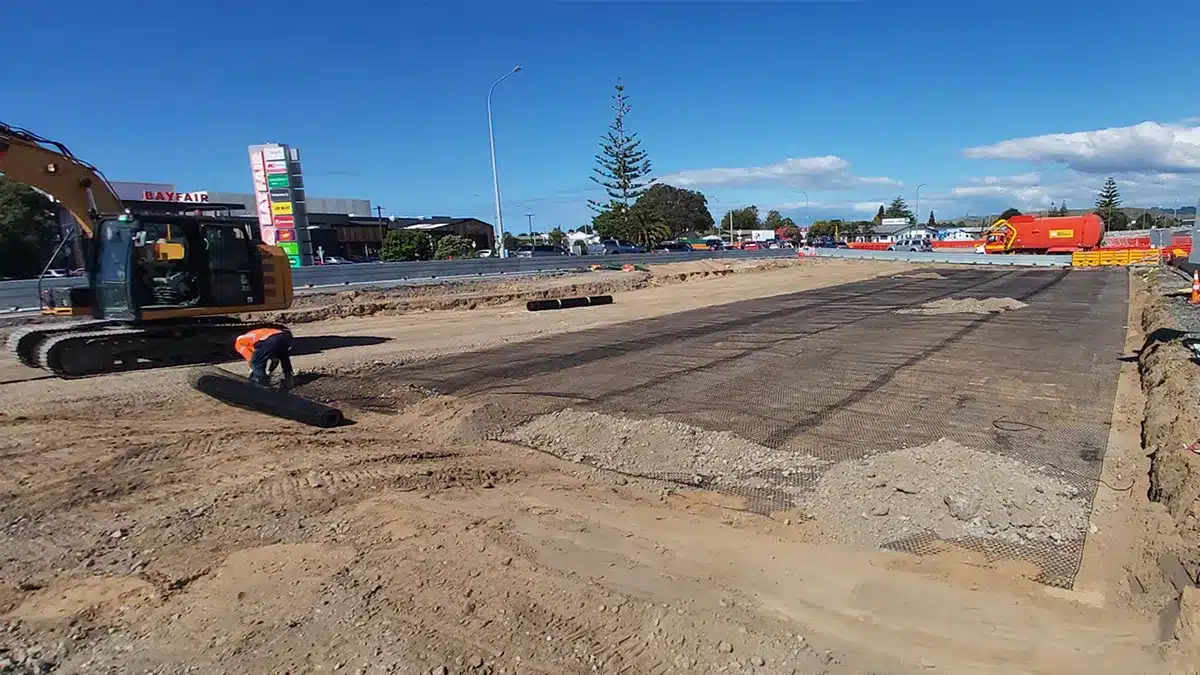
What are PP Uniaxial Geogrids?
PP Uniaxial Geogrids are a type of geosynthetic material specifically designed for soil reinforcement applications. These geogrids are made from high-density polypropylene (PP), a durable and versatile plastic polymer known for its excellent resistance to chemical and environmental factors. The “uniaxial” designation indicates that the geogrid is engineered to provide high tensile strength in one principal direction, typically along the length of the grid.
Key Characteristics and Features
- Material: Made from high-density polypropylene (PP), offering durability, resistance to chemical attack, and UV resistance.
- Structure: Consists of a regular network of integrally connected tensile elements, usually produced through a process of extrusion, punching, and stretching.
- Strength: Designed to provide significant tensile strength in one direction, which is critical for applications requiring high unidirectional reinforcement.
- Permeability: The open grid structure allows for the passage of water and fine soil particles, reducing the risk of water buildup and pressure.
- Durability: Resistant to biological degradation and chemical corrosion, ensuring long-term performance even in harsh environments.
Applications
- Retaining Walls: Used to reinforce soil behind retaining structures, providing stability and reducing the risk of wall failure.
- Slope Stabilization: Applied to slopes to prevent soil erosion and landslides by reinforcing the soil and improving its load-bearing capacity.
- Road Construction: Incorporated into road bases to enhance the structural integrity of the roadbed, reducing deformation and extending the lifespan of the road.
- Embankments: Utilized in the construction of embankments over soft soils to distribute loads and reduce settlement.
- Landfills: Employed in landfill construction to reinforce containment systems and prevent the movement of waste materials.
Benefits
- Cost-Effective: Reduces the need for traditional reinforcement materials like concrete and steel.
- Ease of Installation: Lightweight and easy to handle, facilitating quicker installation times and reduced labor costs.
- Environmental Benefits: Reduces the environmental impact by minimizing the volume of excavation and fill materials required.
PP Uniaxial Geogrids play a crucial role in civil engineering and construction projects where soil reinforcement is needed. Their high tensile strength in a single direction makes them ideal for applications where directional stability and support are paramount. Their durability, cost-effectiveness, and ease of installation make them a popular choice for a wide range of geotechnical applications.
How do PP Uniaxial Geogrids Benefit Construction Projects?
PP uniaxial geogrids (Polypropylene uniaxial geogrids) offer several benefits to construction projects, enhancing the performance and longevity of various structures. Here are the key benefits:
- Soil Reinforcement: PP uniaxial geogrids are primarily used for soil reinforcement. Their high tensile strength and stiffness help in stabilizing soil, allowing for the construction of embankments, retaining walls, and other structures on less stable ground.
- Increased Load-Bearing Capacity: These geogrids distribute loads more evenly across a larger area, which increases the load-bearing capacity of the soil. This is particularly beneficial for roadways, parking lots, and foundation systems.
- Reduced Material Costs: By improving soil strength and stability, PP uniaxial geogrids can reduce the need for additional fill material. This leads to significant cost savings in the overall construction project.
- Improved Durability and Longevity: The use of PP uniaxial geogrids enhances the durability and lifespan of the constructed structures. They provide resistance against environmental factors such as erosion, chemical degradation, and mechanical wear and tear.
- Simplified Construction Process: PP uniaxial geogrids are lightweight and easy to handle, which simplifies the installation process. This can reduce construction time and labor costs, making projects more efficient.
- Enhanced Slope Stability: These geogrids are effective in stabilizing slopes, preventing landslides, and controlling erosion. They are used in the construction of steep slopes, embankments, and retaining walls to maintain structural integrity.
- Cost-Effective Solution for Soft Soils: In areas with soft or unstable soils, PP uniaxial geogrids provide a cost-effective solution for creating a stable foundation. This is particularly useful in road construction, where soft soils can lead to significant issues if not properly managed.
- Environmental Benefits: Using geogrids can lead to more sustainable construction practices by reducing the need for extensive excavation and fill, thus minimizing the environmental impact of construction projects.
- Improved Drainage: Some PP uniaxial geogrids are designed to improve drainage by allowing water to pass through the soil while maintaining its structural integrity. This is crucial in areas prone to waterlogging or where efficient drainage is required.
- Versatility in Applications: PP uniaxial geogrids can be used in a wide range of applications, including roads, railways, airport runways, retaining walls, and erosion control systems. Their versatility makes them a valuable asset in various construction projects.
Practical Applications
- Road Construction: Enhances pavement performance by providing a stable base and reducing rutting.
- Retaining Walls: Offers structural support and stability, preventing wall collapse and soil erosion.
- Landfills: Reinforces landfill covers and base liners, ensuring stability and containment.
- Mining: Supports mining structures such as tailings dams and heap leach pads, improving safety and stability.
In summary, PP uniaxial geogrids are a vital component in modern construction, offering multiple benefits that improve the structural integrity, efficiency, and sustainability of construction projects.
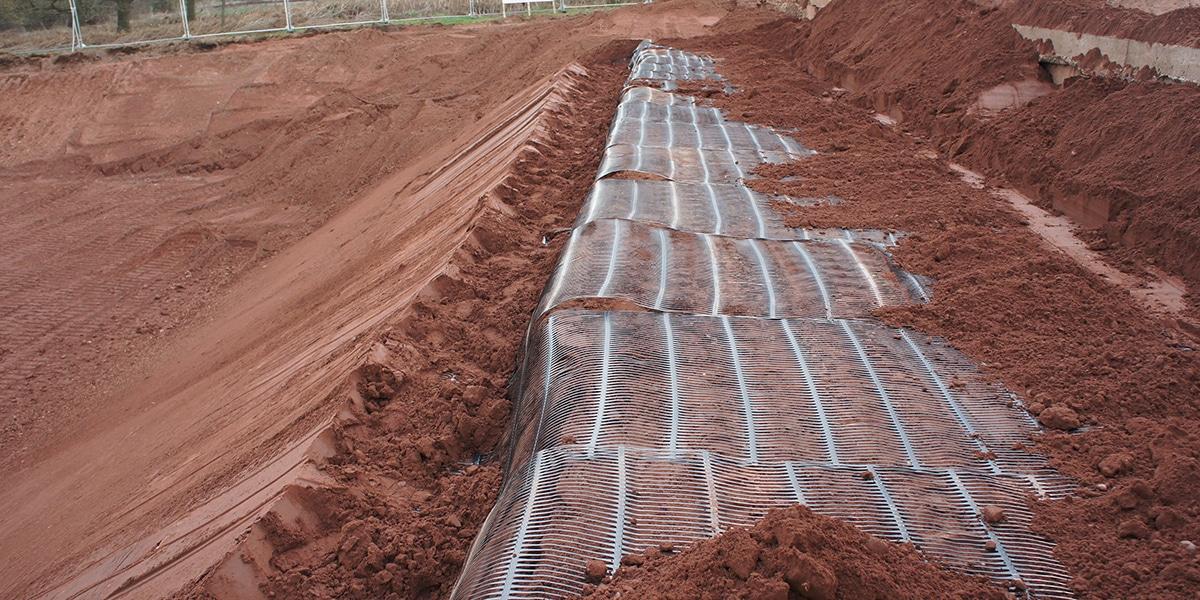
Where are PP Uniaxial Geogrids Commonly Used?
PP (Polypropylene) Uniaxial Geogrids are commonly used in various applications and industries due to their high tensile strength and durability. Here are some of the most common uses:
Reinforcement of Retaining Walls:
- Purpose: To provide stability and strength to retaining walls, preventing them from collapsing or shifting.
- Details: PP Uniaxial Geogrids are placed within the soil behind the wall to improve its load-bearing capacity.
Slope Stabilization:
- Purpose: To stabilize slopes and embankments, preventing landslides and erosion.
- Details: The geogrids are laid in layers within the soil to reinforce and hold the soil in place, improving overall stability.
Road Construction:
- Purpose: To enhance the structural integrity of roadways, particularly in areas with weak subgrade soils.
- Details: Geogrids are used as a reinforcement layer within the roadbed to distribute loads more evenly and reduce deformation.
Embankment Reinforcement:
- Purpose: To support the construction of embankments over soft soils.
- Details: PP Uniaxial Geogrids provide additional strength and stability, enabling the construction of taller and steeper embankments.
Bridge Abutments:
- Purpose: To reinforce the soil around bridge abutments, ensuring long-term stability.
- Details: Geogrids are used to improve load distribution and reduce settlement issues.
Landfills:
- Purpose: To stabilize the foundation and prevent differential settlement in landfill sites.
- Details: PP Uniaxial Geogrids are used in the base layers to enhance the overall structural integrity of the landfill.
What are the properties of uniaxial geogrid?
Properties of Uniaxial Geogrid
- Tensile Strength: Uniaxial geogrids are designed to have high tensile strength in one direction, typically the longitudinal direction. This makes them suitable for applications requiring significant load-bearing capacity in one direction.
- Aperture Size: The aperture size of uniaxial geogrids varies depending on the specific application. The openings are designed to allow for soil or aggregate interlock, which enhances the stability of the structure.
- Flexibility: Uniaxial geogrids possess a degree of flexibility, which allows them to conform to the underlying soil surface. This flexibility ensures efficient load distribution and reduces the potential for damage during installation.
- Durability: These geogrids are typically made from high-strength polymers such as high-density polyethylene (HDPE) or polypropylene (PP), which provide excellent resistance to environmental degradation. They are durable against chemical, biological, and UV exposure, making them suitable for long-term applications.
PP Uniaxial Geogrids stands at the forefront of geotechnical innovation, offering a blend of strength, sustainability, and efficiency unmatched by traditional construction materials. Their ability to reinforce soil and enhance the durability of infrastructure projects makes them an indispensable tool in modern construction and engineering. By understanding the benefits and applications of these geogrids, professionals in the field can leverage their potential to create safer, more sustainable, and cost-effective solutions to geotechnical challenges.
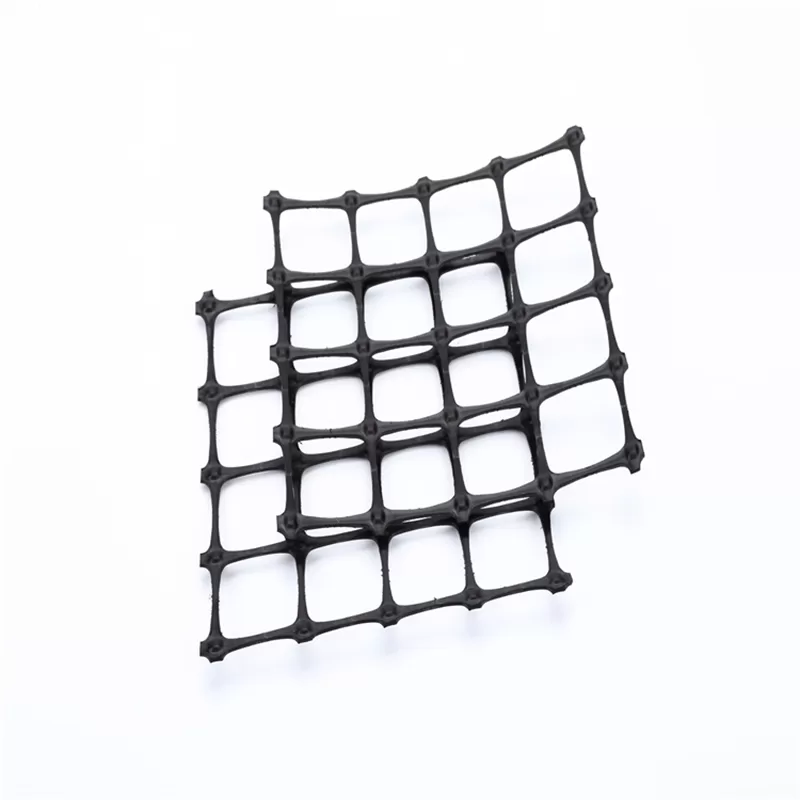
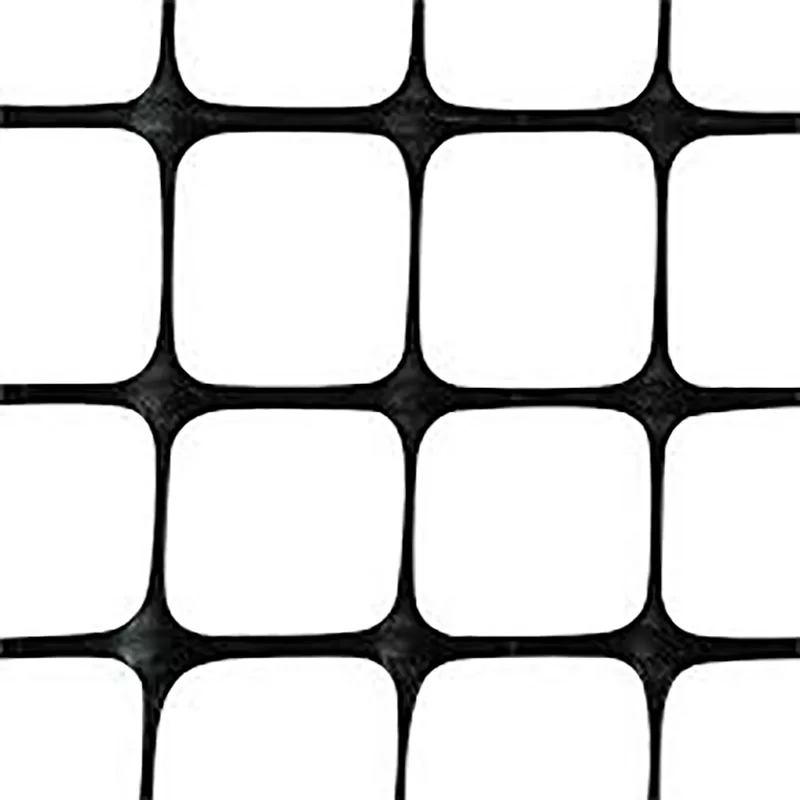
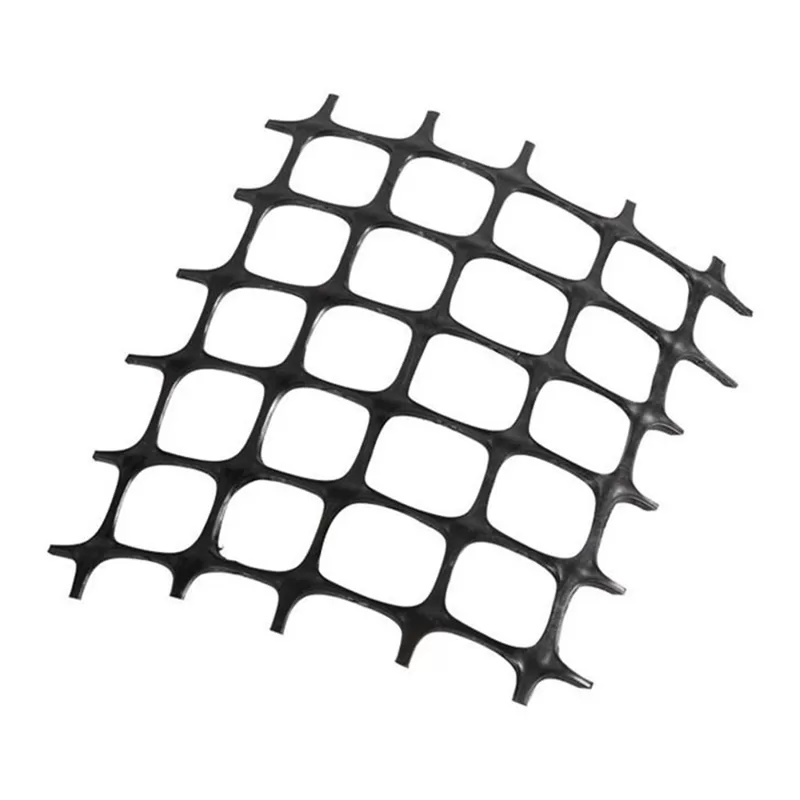
Get Free Sample
We’ll respond as soon as possible(within 12 hours)






















